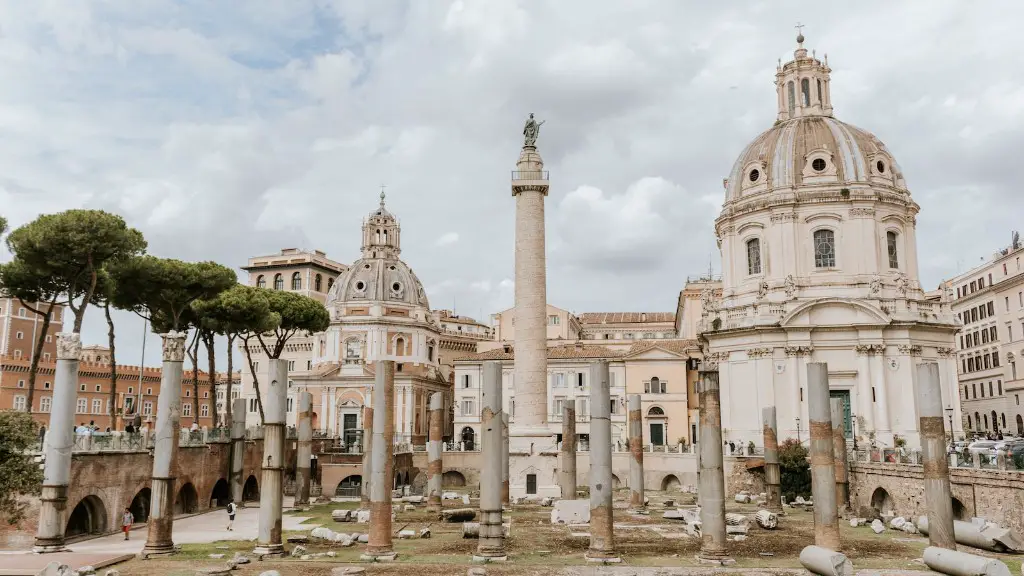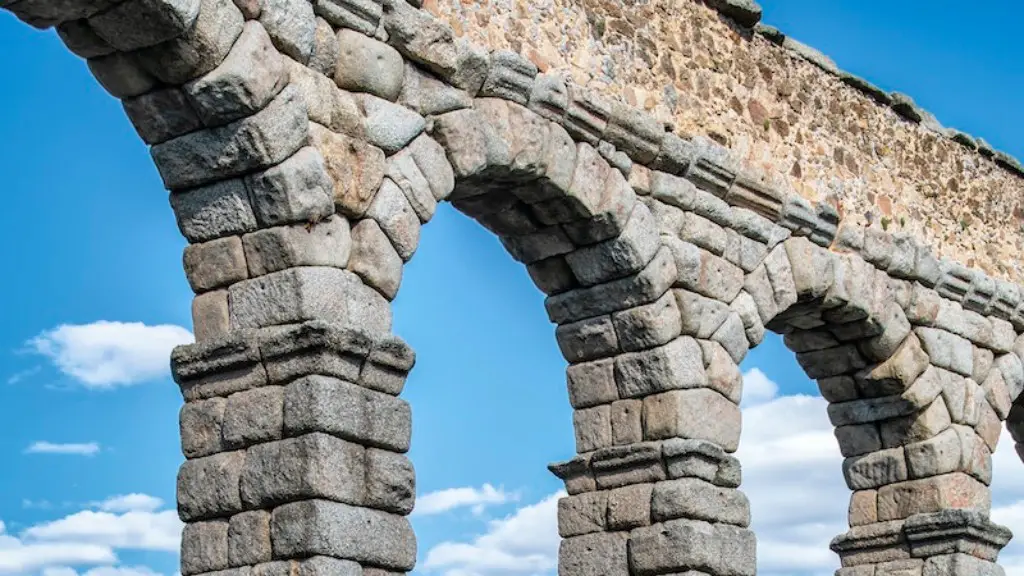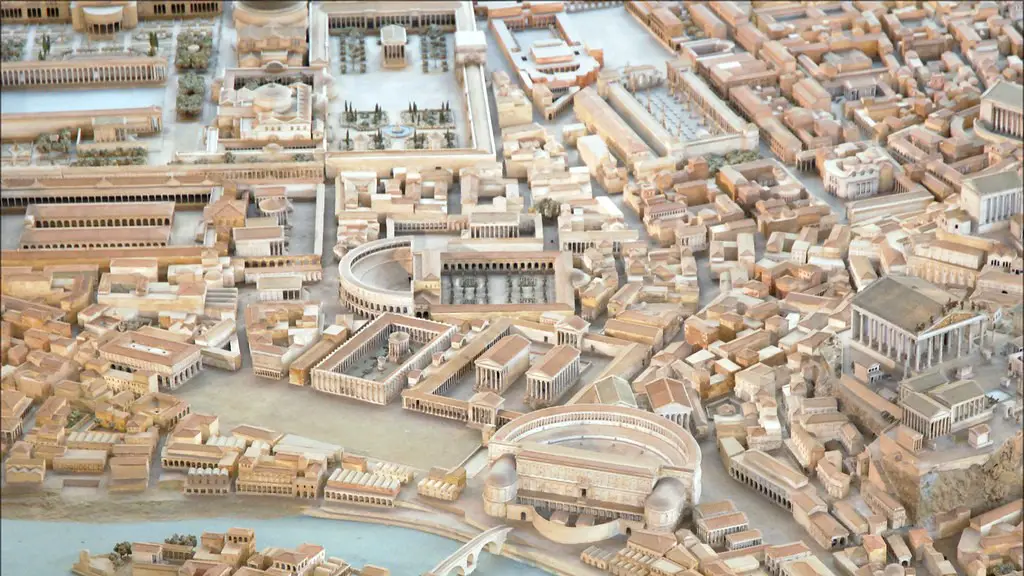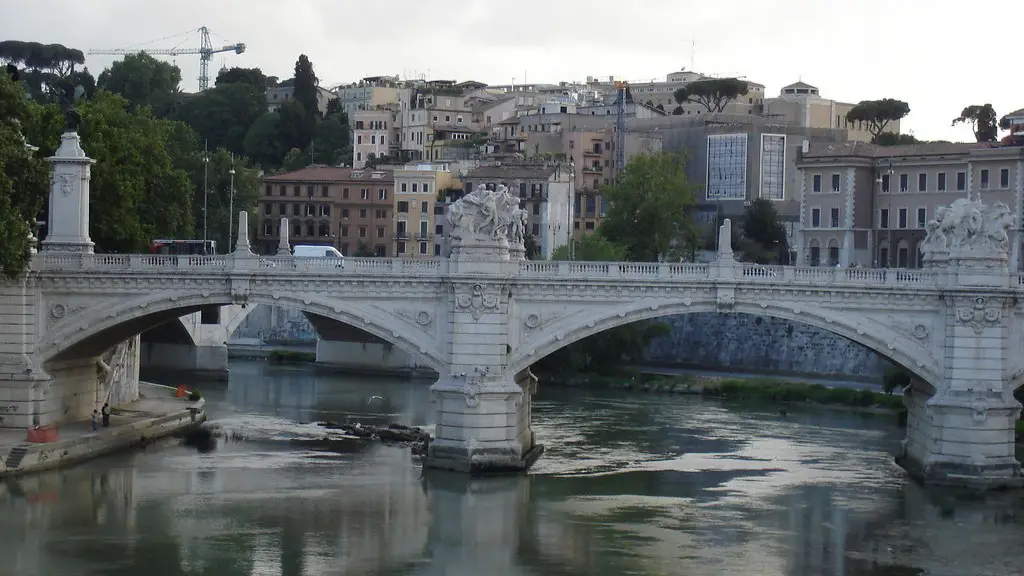The ancient Roman economy was primarily based on agriculture, but also included commerce, manufacturing, and mining. Rome had a large agricultural sector that produced many foodstuffs for the city of Rome and its citizens. The Roman economy was also based on trade, with Rome importing and exporting a variety of goods. Manufacturing and mining also played a role in the Roman economy, with Roman factories producing a variety of products and Roman mines supplying the raw materials for these products.
The economy of ancient Rome was based on agriculture and trade. Rome had a complex system of roads and trade routes that allowed for the transport of goods and people across the empire. Rome also had a thriving manufacturing sector, which produced goods for both the domestic and international markets.
How did the economy of ancient Rome work?
The Roman Empire’s economy was largely dependent on agriculture. Roman landowners, agricultural laborers, and small tenant farmers all relied on each other to maintain stability. This dependence created a strong sense of community among those involved in agriculture, which helped to sustain the Roman Empire’s economy.
Ancient Rome was an agrarian and slave-based economy. The main concern was feeding the vast number of citizens and legionaries who populated the Mediterranean region. The staple crops were grains, olives, and grapes. Olive oil and wine led Italy’s exports.
How did the Roman economy grow
Augustus’ expansion of trade routes was a key factor in Rome’s becoming a great and powerful empire. By opening up new markets in areas such as Britain, Germany, and Africa, Augustus was able to increase Rome’s influence and control over trade. This allowed Rome to become one of the most dominant empires of its time.
The financial crisis in Rome was caused by a number of factors, including constant wars and overspending, oppressive taxation and inflation, which led to a widening gap between rich and poor. This ultimately led to the fall of the Roman Empire.
Why was ancient Rome so successful?
The military was one of the key reasons for Rome’s success. The Roman army was highly trained and disciplined, growing in reputation as the best army in the world. With their success in war, the empire was able to expand its control over 3 separate continents including Asia, Africa, and most of Europe.
Roman economic history is usually divided into three major chronological periods: the Republic (509 bce–31 bce), the principate (31 bce–c. 284 ce), and the late empire (after 284 ce). Agriculture and household production were salient features of the economy, along with urbanization, taxation, market exchanges, and slavery.
Why was the Roman economy so strong?
The Roman Empire was able to fund its many building projects through a variety of means. The ability to collect taxes in currency, growth of economic production and trade, and military victories all provided funds for building projects in Rome. Through these means, the Roman Empire was able to amass a large amount of wealth which was used to finance its many building projects.
If you were richer, you would typically live in a larger home called a domus. These usually had many rooms off of an atrium, which was a room in the center of the house with an open roof. Poor Romans who lived in the countryside would live in shacks or cottages, while rich Romans would live in large, sprawling villas.
How was the Roman Empire so rich
The advanced road system of the Roman Empire allowed for many things including trade. The position of the empire on the Mediterranean also allowed for trade and the vast amount of wealth that the rich people owned. All of these factors led to the empire being a rich and prosperous one.
The Roman economy was primarily an agricultural and slave-based economy, with little concern for developing anything complex compared to modern economies. The main concern of the Roman economy was feeding the vast number of citizens and legionaries who populated the Mediterranean region. Ancient Rome was not an industrialized economy, and therefore did not have the same economic complexities as modern economies.
When did Rome’s economy fall?
In 33 CE, the Roman empire experienced a severe economic crisis. The crisis occurred when a law requiring creditors to invest a proportion of their capital in Italian lands was revived after observance and enforcement of it had lapsed. This law had the effect of severely limiting the amount of available credit, and the resulting lack of liquidity caused a sharp economic downturn. The crisis lasted for several years and only began to ease when the law was eventually repealed.
The scarcity of loans in ancient Rome led to a severe crisis in AD 33. This was caused by the wealthy elite granting fewer loans at interest to the public. This created a shortage of credit and caused economic hardship for many people.
What are 3 major achievements of Rome
The ancient Romans were a people known for their military, political, and social institutions. They conquered vast amounts of land in Europe and northern Africa, built roads and aqueducts, and spread Latin, their language, far and wide.
The Romans were able to achieve high levels of technology due to the fact that they borrowed technologies from the Greeks, Etruscans, Celts, and others. With limited sources of power, the Romans were still able to build impressive structures, some of which have survived to this day. The Roman Empire was able to thrive for centuries due to their innovative use of technology.
What caused Rome to fail?
There are a number of common questions about the fall of the Roman Empire. They include economic crises, barbarian attacks, farming issues from exhausted soil due to over-cultivation, inequality between the rich and the poor, detachment of local elites from public life, and economic recession as a result of overreliance on slave labor. While there is no single answer to the question of why the Empire fell, these are some of the most commonly cited reasons.
The economy of ancient Rome was based largely on agriculture and trade. Agricultural free trade changed the Italian landscape, and by the 1st century BC, vast grape and olive estates had supplanted the yeoman farmers, who were unable to match the imported grain price. The economic decline of the Roman Empire was caused by a number of factors, including the reduced purchasing power of the Roman currency, the barbarian invasions, and the growing importance of the Eastern (Byzantine) Empire.
How did the Romans deal with homelessness
It’s a sad reality that even in the richest city of a massive empire, many homeless people have to sleep in whatever space they can find, whether that’s under the stairs of an apartment block or between the columns of a portico. With no good options for shelter, these people are left vulnerable to the elements and any dangers that may come their way. Hopefully, something can be done to help them find better accommodation and get them off the streets for good.
The earliest banks in ancient Rome were located in temples. They would charge interest on loans, exchange money, and track their finances through written records. Due to the piety of the officials and employees of these temples, the upper class of ancient Rome trusted these places to protect and hold their wealth.
Final Words
There is no economy of ancient Rome.
The Roman economy was highly diversified and complex. Trade was an important part of the Roman economy, with a wide variety of goods and services being exchanged. Money was also an important part of the Roman economy, with a variety of coins being used. The Roman economy was also highly centralized, with the government playing a major role in the economy.





